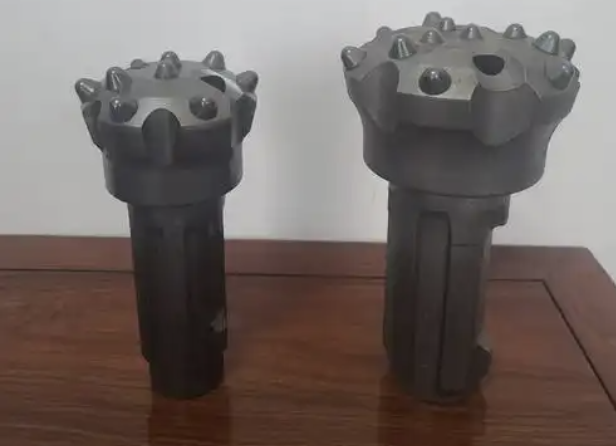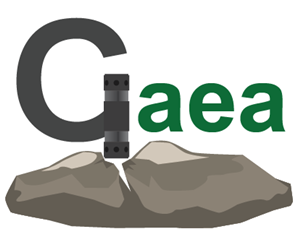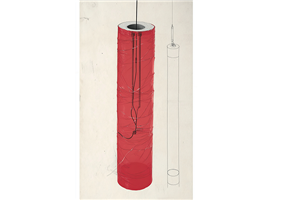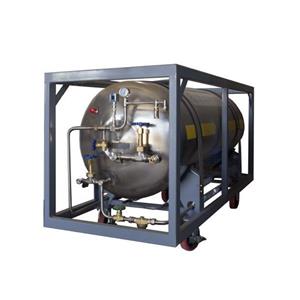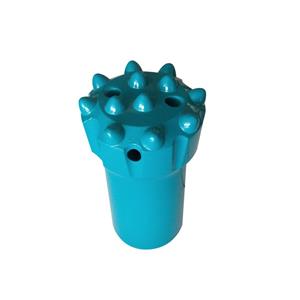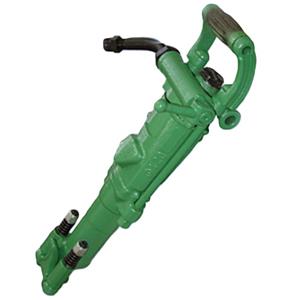How to choose the right DTH (down-the-hole) drilling tools?
Geological conditions:
Choose drilling tools according to the geological conditions.
Soft rock: for formations such as shale and mudstone, rotary (fixed‑cutter) or roller‑cone (tricone) DTH bits are more suitable. Rotary bits cut by rotation and can achieve high penetration rates; roller‑cone bits cut soft rock effectively through the rolling action of their cones.
Hard rock: for rocks like granite and quartzite, impact‑type DTH bits perform better because they break the rock with strong impacts. For extremely hard quartzite, choose impact bits with specially graded carbide teeth.
Mixed formations: in alternating soft and hard layers, roller‑cone (tricone) bits are ideal because their cones can adapt the cutting action to changing rock hardness.
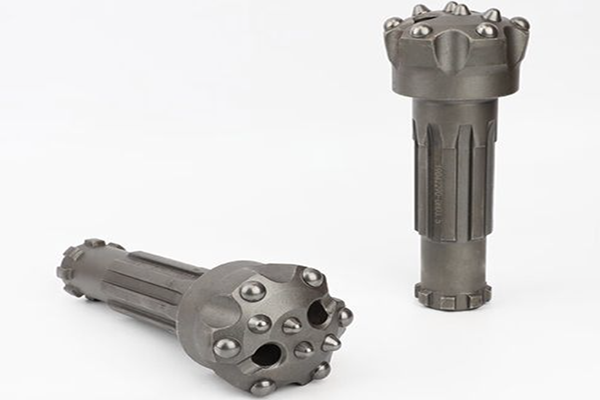
Formation stability:
Stable formations: for intact formations such as limestone, most types of DTH bits can be considered. If drilling speed and efficiency are the primary concerns, rotary or roller‑cone bits have advantages.
Collapsible formations: for loose sands and other prone‑to‑cave conditions, choose bits and drilling methods that prevent hole collapse. Rotary DTH bits used with drilling mud are a common solution; the mud forms a filter cake on the borehole wall to support it.
Bit face types:
Convex face type: includes single‑shoulder and double‑shoulder convex faces (the latter used for larger‑diameter bits). When drilling medium‑hard to very hard abrasive rock, they can maintain high drilling rates, but borehole straightness is relatively poor, so they are not suitable for blasting holes requiring high straightness.
Flat face type: robust and durable; suitable for drilling hard and very hard rock, and also acceptable for medium‑hard and soft rock when borehole straightness requirements are not high.
Concave face type: has a conical recess in the bit face that provides a mild centering effect to maintain bit alignment. These bits produce good borehole straightness, effective cuttings removal, and fast penetration, and are currently widely used.
Deep central‑recess face type: features a deep central recess on the face that aids in establishing a pilot point and maintaining borehole straightness in deep drilling. Suitable only for soft and medium‑hard rock.
